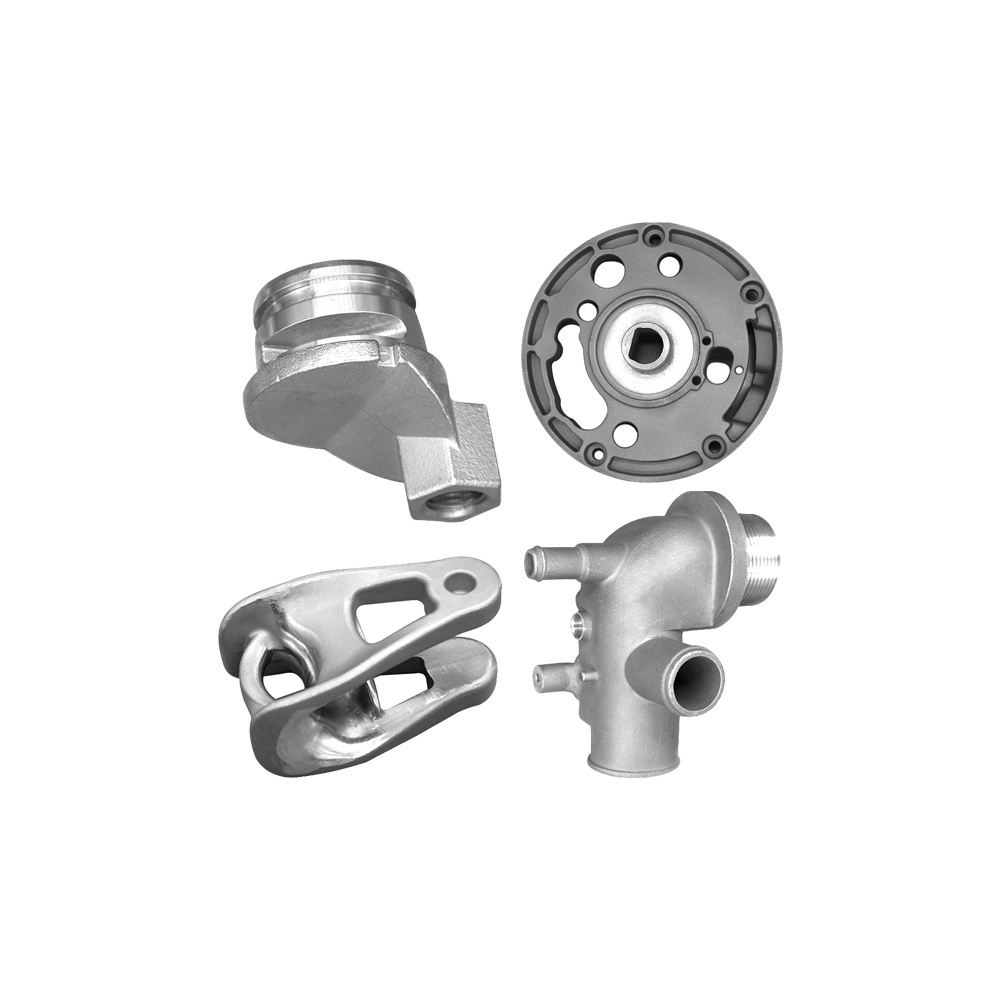 Esperanto
Esperanto
 Shqiptare
Shqiptare
 Euskara
Euskara
 Zulu
Zulu
 Latinus
Latinus
 Cymraeg
Cymraeg
 தமிழ்
தமிழ்
 Slovak
Slovak
 Slovak
Slovak
 Afrikaans
Afrikaans
Understanding Orthopaedics Fittings: Essential Components in Healthcare
Release time:
2025-08-07
Source:
There are several types of orthopaedics fittings, each designed for specific applications. Common examples include braces, splints, and prosthetic devices. Braces are often used to support weakened muscles or joints, providing stability and reducing the risk of further injury. Splints are typically employed in emergency situations to immobilize broken bones or sprains until professional treatment is available. Prosthetic devices, which replace missing limbs or body parts, enable individuals to regain functionality and improve their quality of life.
A crucial aspect of orthopaedics fittings is their design and material composition. Modern orthopaedic fittings are often made from lightweight, durable materials that enhance comfort and usability. Innovations in technology have led to the development of adjustable fittings, which can be customized to fit individual patient needs. This personalized approach not only enhances the effectiveness of treatment but also increases patient compliance, leading to better outcomes.
In addition to physical support, orthopaedics fittings play a vital role in rehabilitation. They are frequently used in conjunction with physical therapy to aid recovery and restore mobility. For instance, after surgery, patients may be required to use a brace to limit movement while tissues heal. The combination of orthopaedic fittings and rehabilitation exercises can significantly accelerate recovery times and improve overall functionality.
Furthermore, the application of orthopaedics fittings extends beyond traditional uses. In sports medicine, these devices are crucial for preventing injuries and facilitating recovery among athletes. The right orthopaedic fitting can provide the necessary support to withstand the physical demands placed on the body during athletic activities, thereby minimizing the risk of injuries.
In conclusion, orthopaedics fittings are essential components that contribute significantly to patient care within the healthcare industry. By understanding the various types, applications, and technological advancements in orthopaedic fittings, medical professionals can enhance their practices and provide better care for patients. The field continues to evolve, promising more innovative solutions to meet the ever-changing needs of individuals requiring orthopaedic support.
Orthopaedics Fittings
Related News
2025-12-14 12:00
Understanding CNC Turning and Milling Parts: A Comprehensive Guide for Precision Manufacturing
CNC (Computer Numerical Control) turning and milling are essential processes in the realm of precision manufacturing. These techniques are widely employed in the machining industry for producing intricate components that meet strict tolerances and specifications. Understanding the fundamentals of CNC turning and milling parts can enhance your knowledge of how these processes contribute to quality
2025-12-09 12:10
A Comprehensive Guide to Household Appliances Maintenance: Keep Your Home Running Smoothly
A Comprehensive Guide to Household Appliances Maintenance Household appliances are the backbone of modern living, providing convenience and efficiency in our daily routines. However, just like any other mechanical devices, they require regular maintenance to function optimally. In this guide, we will explore various household appliances, their maintenance needs, and practical tips to extend their
Let’s Talk
We can help you figure out your needs.




